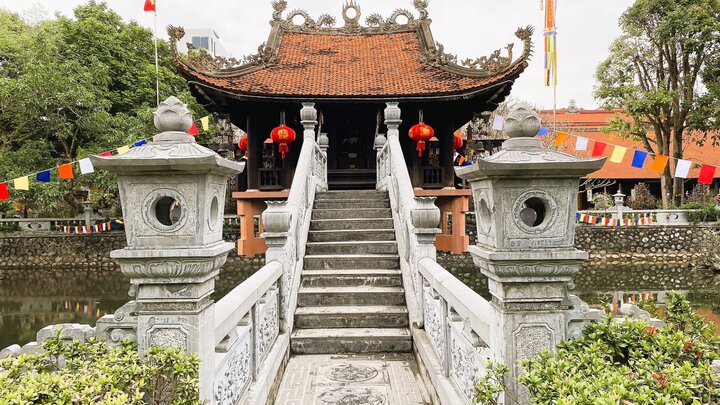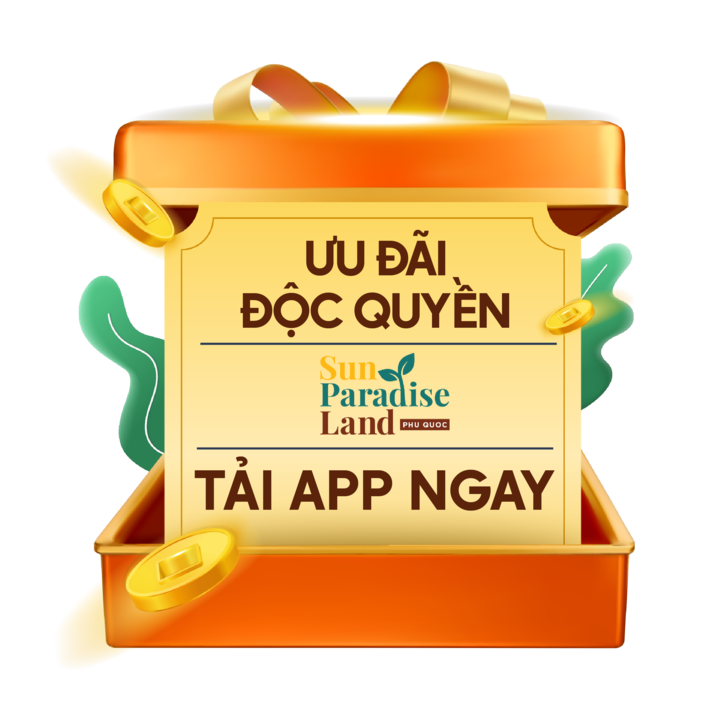1. Overview of Pho Chieu Pagoda - Du Hang Kenh, Le Chan, Hai Phong

Entrance to Pho Chieu Pagoda. (Source: Collected)
Hai Phong is not only famous for its beautiful islands and modern constructions but also a place preserving many cultural and spiritual relics with long-standing historical value. Although not a renowned Buddhist land, the port city still boasts a rich system of pagodas, among which Pho Chieu Pagoda (Du Hang Kenh, Le Chan, Hai Phong) is a prominent destination, attracting a large number of tourists and Buddhists from near and far.
The pagoda is located in Mieu 2 Hamlet, Le Chan Ward, only about 1.5 km from the city center, making it very convenient for travel. Although it was only built around the 1950s, Pho Chieu Pagoda possesses a tranquil and ancient beauty, evoking a feeling of having existed for hundreds of years in the heart of the bustling city.
In 1953, Monk Ngo Chan Tu, from Cao Mai village, Kien Xuong district, Thai Binh province, came to Du Hang Kenh and built the first pagoda named Tam Giao Duong, embodying the spirit of harmony between Buddhism, Confucianism, and Taoism.
A year later, Venerable Thich Thanh Quang of the Lam Te Zen sect from Nam Dinh came to reside as abbot, carried out renovations, and renamed it Pho Chieu Pagoda. Since then, the pagoda has become a familiar spiritual anchor for the people of Hai Phong.
2. Architecture and Landscape of Pho Chieu Pagoda, Hai Phong
2.1. Overall Scale and Layout of Sections
Pho Chieu Pagoda in Hai Phong is built on a spacious plot of land, facing East, with a harmonious layout in the traditional "Cong" shape of Vietnamese pagoda architecture. The entire structure consists of a five-bay front hall, a three-bay central hall, a three-bay rear sanctuary, along with two rows of left and right wings (Ta Vu and Huu Vu).
In 1985, the pagoda underwent a major renovation; the entire temple, shrines, and grounds were expanded and beautified, creating a grand and spacious appearance while retaining its ancient majesty. The overall space is planned according to the "inner circle, outer square" style, ensuring balance and exuding the purity of a Buddhist sanctuary.
2.2. Nine-Tiered Lotus Stupa
Located to the left of the main hall, the Nine-Tiered Lotus Stupa is one of the most prominent structures of the pagoda. The stupa has nine tiers, soaring high in the tranquil space, with each tier intricately carved to represent the philosophy of reincarnation and spiritual sublimation.
At the top of the stupa is a vase symbolizing the vase of pure water (Cam Lo) of Avalokitesvara Bodhisattva, representing compassion and pure energy. This is also one of the tallest and most unique stupas in Hai Phong, holding profound artistic and spiritual value.
2.3. The Pagoda's Grounds
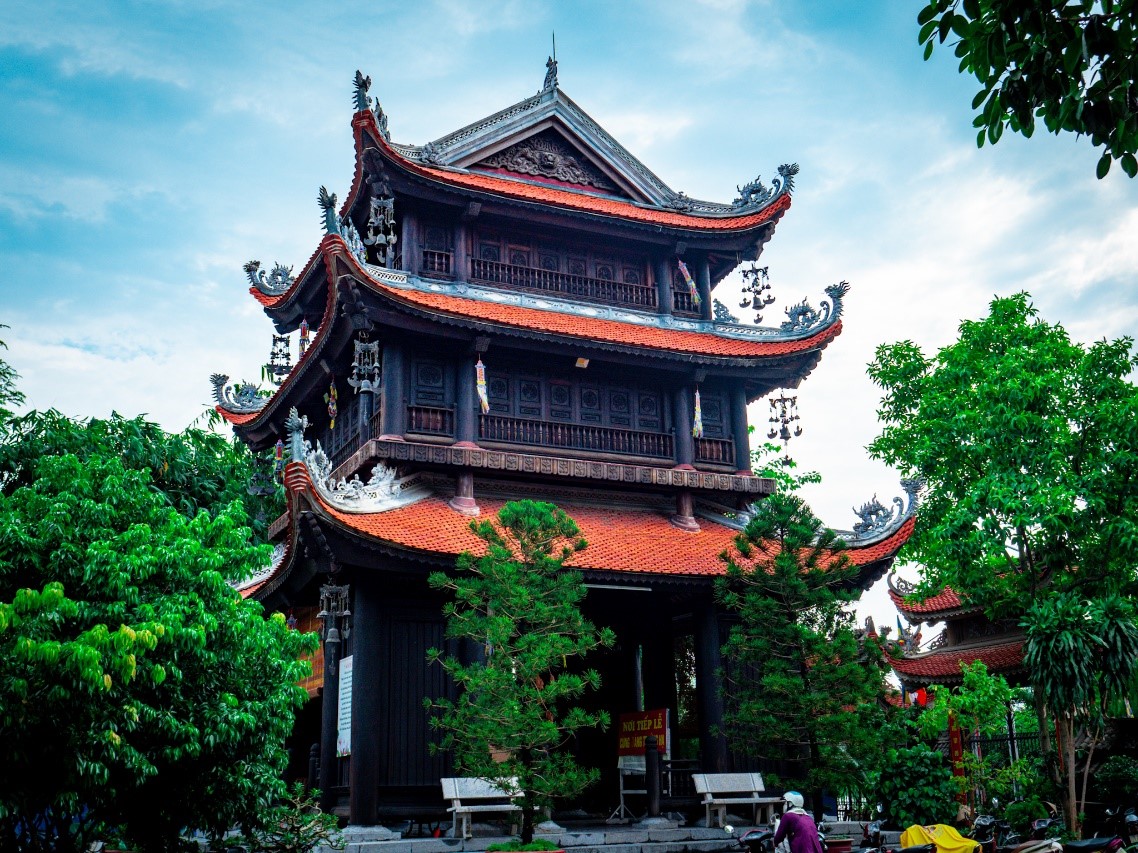
Stupa of Pho Chieu Pagoda. (Source: Collected)
The grounds of Pho Chieu Pagoda are harmoniously arranged, green and cool with many ancient trees and pure lotus ponds. Facilities such as the Ancestor Hall, stupa garden, and library are logically arranged, creating a sacred complex that is still close to nature.
A special highlight within the grounds is the miniature One Pillar Pagoda located in the middle of the lotus pond. The structure is modeled after the One Pillar Pagoda in Hanoi, notable for its elegant and graceful design. The four corners of the pond are adorned with undulating dragon figures rising from the water, creating a lively focal point and carrying auspicious meanings, embodying aspirations for prosperity and peace.
The space here is always quiet and fresh, making visitors feel a sense of peace and tranquility in their souls upon arrival.
3. Cultural and Spiritual Value of Pho Chieu Pagoda Hai Phong
3.1. A Major Buddhist Center of Hai Phong

Buddhists perform rituals at the pagoda. (Source: Collected)
Pho Chieu Pagoda is not only a place of pure spiritual practice but also a major Buddhist center of the Port City. At the miniature One Pillar Pagoda within the premises, Venerable Thich Thanh Giac regularly organizes study sessions, lectures, and disseminates Buddhist teachings to a large number of monks, nuns, and Buddhists from within and outside the city.
The pagoda also actively participates in social work, organizing many charitable programs, assisting people with difficult circumstances, raising charity funds, and building houses of gratitude. These activities not only spread the compassionate spirit of Buddhism but also contribute to community bonding, guiding people towards good humanistic values.
3.2. Symbol of Religious Harmony and Revolutionary Spirit
Pho Chieu Pagoda carries a profound meaning of religious harmony and national solidarity. During the resistance wars against the French colonialists and American imperialists, Pho Chieu Pagoda was associated with many historical milestones. It once served as a shelter and hiding place for revolutionary cadres and was a meeting point for the city's Labor Federation during the period 1954–1955.
Later, the pagoda also became a base for security forces during the war. To commemorate the merits and historical events, after the renovation in 1985, the pagoda erected a monument to the Revolutionary Historical Site.
By converging religious, cultural, and historical values, Pho Chieu Pagoda has become one of the typical spiritual symbols of Hai Phong, a place where people place their faith and express gratitude to previous generations.
4. Experiential Activities When Visiting Pho Chieu Pagoda, Hai Phong
4.1. Admire the Stupa and Perform Rituals
At Pho Chieu Pagoda, visitors can participate in traditional rituals such as offering incense, praying for peace, and praying for blessings for themselves and their families. On major holidays such as Tet Nguyen Tieu (15th day of the first lunar month), Buddha's Birthday (15th day of the fourth lunar month), Vu Lan Festival (15th day of the seventh lunar month), or the first and fifteenth days of each lunar month, the atmosphere here becomes extremely solemn and warm.
4.2. Enjoy the Scenery
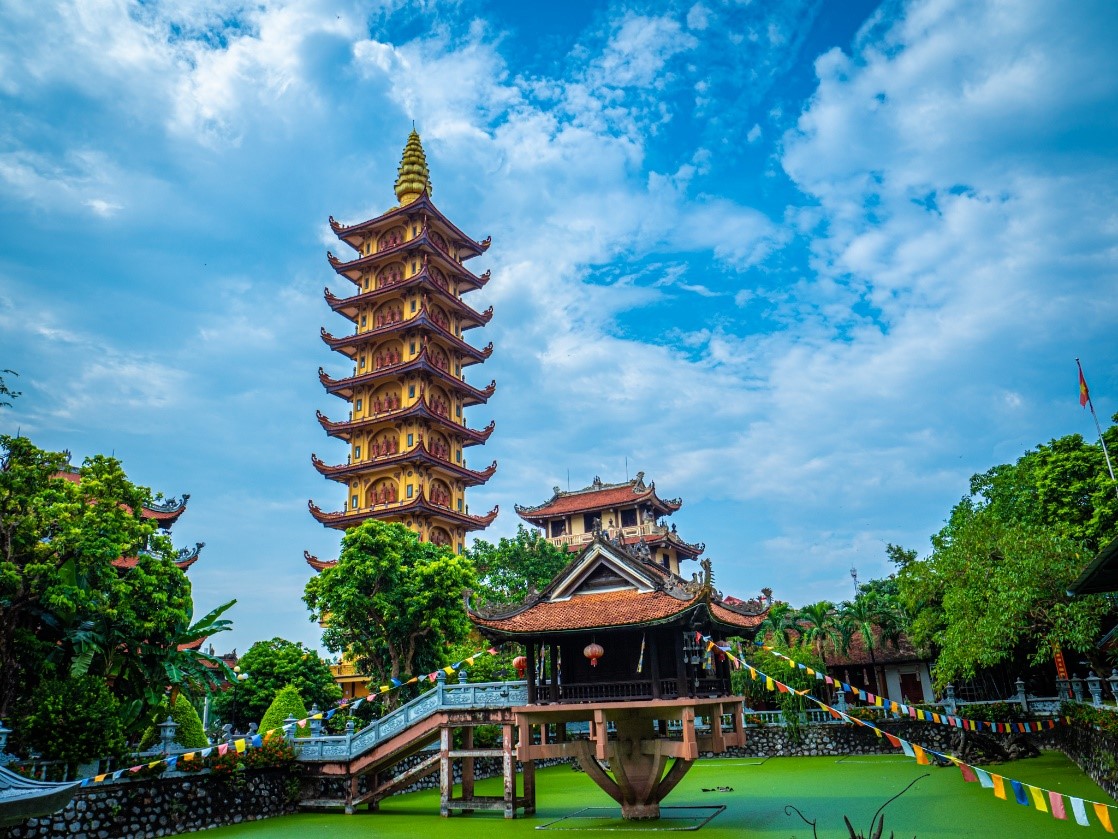
Visitors can stroll around the cool, airy green campus at the pagoda. (Source: Collected)
The campus of Pho Chieu Pagoda is likened to a tranquil painting in the heart of the city. Visitors can leisurely stroll around the stupa garden, admire the lotus pond in full bloom during summer, or pause by the miniature One Pillar Pagoda to feel the peaceful breath of the Buddhist sanctuary. Every corner of the pagoda possesses an elegant, pure beauty, helping the mind relax after busy days.
4.3. Discover the revolutionary history
Pho Chieu Pagoda is not only a sacred place of worship but also a historical site marking many important events in the revolutionary struggle of Hai Phong city. Visitors can visit the exhibition area displaying documents, images, and memorial plaques recounting those heroic periods.
Visitors can offer incense to remember the merits of previous generations – those who contributed to making history. The tour is therefore not just a spiritual experience, but also a journey of gratitude and learning about noble traditional values.
5. Suggested Hai Phong 2-day 1-night Itinerary
5.1. Day 1: Explore Hai Phong City Center and Cat Ba Island
Morning:
Visitors can enjoy breakfast with hot local specialties such as: crab noodle soup (banh da cua), steamed rice rolls (banh cuon), shrimp vermicelli (bun tom)… at local eateries.
Begin the exploration at Pho Chieu Pagoda. This is a famous and sacred pagoda, possessing unique architectural value and serving as a historical relic associated with the revolutionary struggle of the people of Hai Phong. Visitors can offer incense, admire the scenery, and find a sense of peace amidst the tranquil atmosphere.
Noon:
Have lunch at a local restaurant, enjoying Hai Phong specialties such as crab noodle soup (banh da cua), crab spring rolls (nem cua be), freshwater crab hot pot (lau cua dong), or spicy fish vermicelli (bun ca cay). Afterwards, travel to Cat Hai station to begin the exploration of Cat Ba Island.
Afternoon:
Visitors can purchase tickets and travel to Cat Ba Island via the Sun World Cat Ba cable car, a modern 3-wire cable car system that shortens travel time to about 15 minutes. The journey high above offers visitors a stunning panoramic view of Lan Ha Bay and the rolling mountains.

From the cable car, visitors can admire the panoramic view of Cat Ba Island. (Source: Collected)
Upon arrival, check into your hotel and rest. Afterwards, you can swim and relax at Cat Co 1, Cat Co 2, or Hon Dua beaches… beaches famous for their clear blue waters, fine sandy shores, and fresh air.
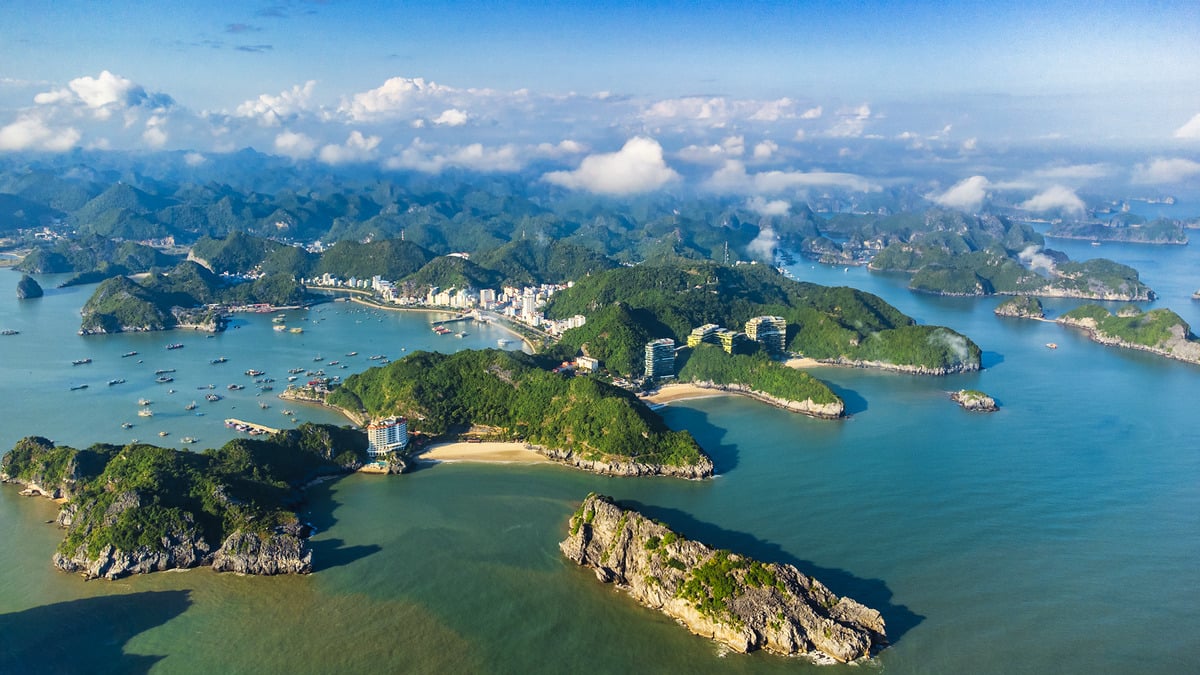
Cat Ba Island with its poetic beauty. (Source: Collected)
Evening:
Enjoy dinner with fresh seafood at seaside restaurants. Visitors can try specialty dishes such as grilled abalone with scallion oil, steamed mantis shrimp, grilled horseshoe crab eggs, or grilled grouper.
Cat Ba Night Market is a vibrant destination that visitors cannot miss, here hundreds of delicious dishes are sold, the aroma of grilled seafood spreads throughout the space. Visitors can visit the market to buy souvenirs and specialty gifts for relatives.
5.2. Second day: Visiting Lan Ha Bay
Morning:
You can wake up early to watch the sunrise over the sea. Experiencing the sun slowly rising from the sea, the pale yellow light covering the entire space is very interesting and romantic.
After that, visitors can experience kayaking to explore Lan Ha Bay, known as the "green paradise" of the North. Amidst the clear water, visitors can weave through limestone islands, admiring the majestic and peaceful scenery like a watercolor painting.
Noon:
Visitors return to the hotel, pack their luggage, and conclude the 2-day, 1-night trip perfectly. The experience of visiting the ancient Pho Chieu Pagoda and exploring the islands will be unforgettable memories for visitors.
Pho Chieu Pagoda – Du Hang Kenh, Le Chan, Hai Phong is a symbol of the harmony between ancient and modern, where every temple bell rings, reminding of compassion, goodness, and inner peace. In 2025, if you are looking for a quiet corner amidst the port city, come to Pho Chieu Pagoda to worship, meditate, and listen to your heart amidst the faint incense in the space.

